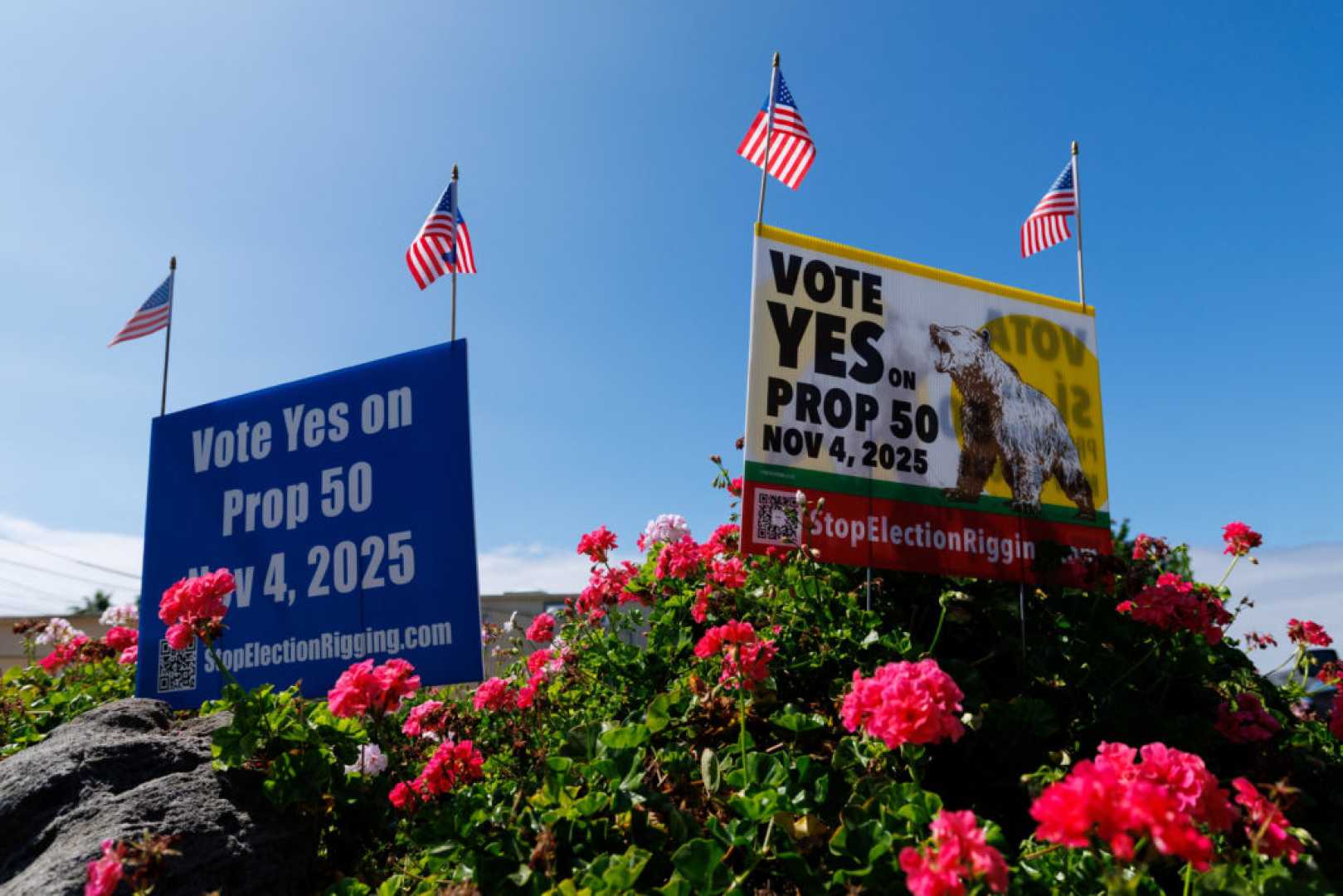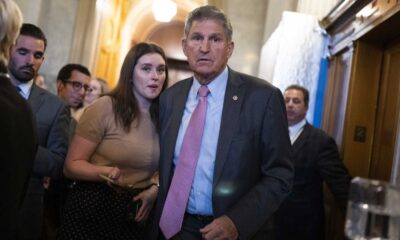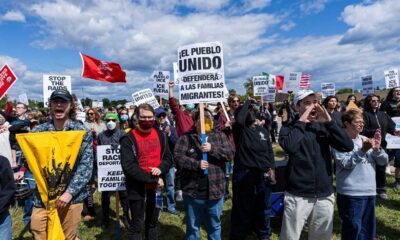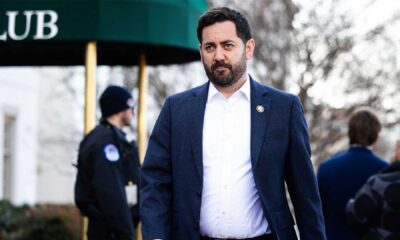Politics
California’s Prop 50 Faces Divided Opinions Ahead of Special Election

LEMOORE, California — With less than a month until the special election for Proposition 50, billboards, mailers, and advertisements are dominating the landscape in central California. This measure proposes redistricting the state’s congressional maps, a move that supporters argue is necessary to counteract Republican gerrymandering in states like Texas.
The 22nd Congressional District in the San Joaquin Valley, which includes parts of Kings, Tulare, and Kern counties, is a key target for Democrats aiming to oust incumbent Republican U.S. Rep. David Valadao. Valadao has represented the district for 10 of the last 12 years, and with Proposition 50, Democrats see an opportunity to gain traction.
One challenger, Assemblymember Jasmeet Bains of Bakersfield, previously voted against the fast-tracking of the special election. Many local residents, however, remain unaware of Prop. 50 and are more focused on pressing issues like rising living costs, water access for agriculture, and immigration raids. Some locals view Prop. 50 as a political maneuver intended to suppress Republican votes.
The upcoming special election is seen as a potential turning point for California’s political landscape. The result will affect not only the balance of power in the state but also nationwide implications for the Democrats and Republicans as they prepare for the 2026 midterms.
Voter mobilization efforts are underway, with advocates from both sides seeking to inform the public about the stakes involved. Supporters believe that clear communication about the consequences of the proposition will help energize voters, particularly those unfamiliar with political jargon.
At a recent event in Bakersfield, congressional candidate Randy Villegas engaged with attendees about Prop. 50, illustrating how the district maps are drawn every decade and the implications for representation. Despite some attendees’ unfamiliarity with the initiative, many expressed a willingness to learn more.
Conversely, opponents of Prop. 50, like hardware store owner Reno Lanfranco, argue that it disenfranchises conservative voters and consolidates power among Democratic incumbents. He intends to encourage his clientele and employees to vote against what he views as a politically motivated redistricting plan.
“We already have a bipartisan committee to decide those maps,” said Lanfranco’s employee Shawn Delgado, who is leaning toward a ‘no’ vote after discussing the issue with his boss. “California shouldn’t gerrymander just because other states are doing it.”
The fear of immigration enforcement is also a significant factor affecting voter turnout in the Valley, particularly among Latino communities worried about deportation and local raids. Kerman’s mayor, Maria Pacheco, noted that community members feel disillusioned and politically disengaged as they confront threats to their safety.
“How do you get the community to come out and vote when they’re afraid to come and go to the grocery store?” Pacheco asked. However, she emphasizes the importance of participating in the election, arguing that it is a crucial act of resistance.
The dynamics leading up to the Proposition 50 election reflect larger national tensions as states continue to navigate politically divisive waters. As California approaches the November 4 election, voter education and participation will be pivotal in determining the outcome.












